Computer Science 22: 3D Digital Modeling
This class is often the first time most students are using Maya. Students get to experiment with Maya like a sandbox and often are surprised at the level of work they can accomplish even at as beginners. The first assignment is to create a room, essentially using basic geometry to sculpt objects as environments.


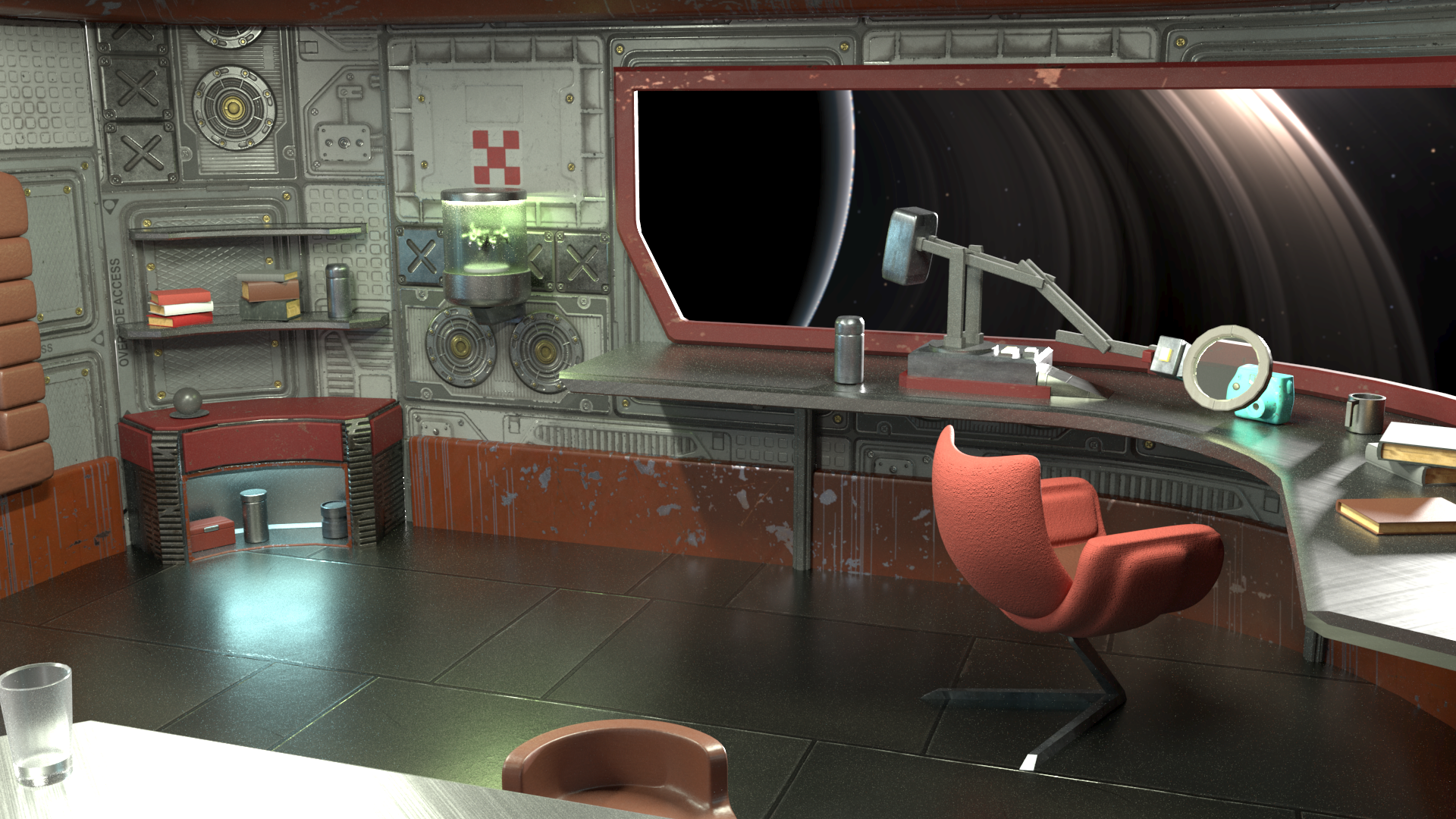
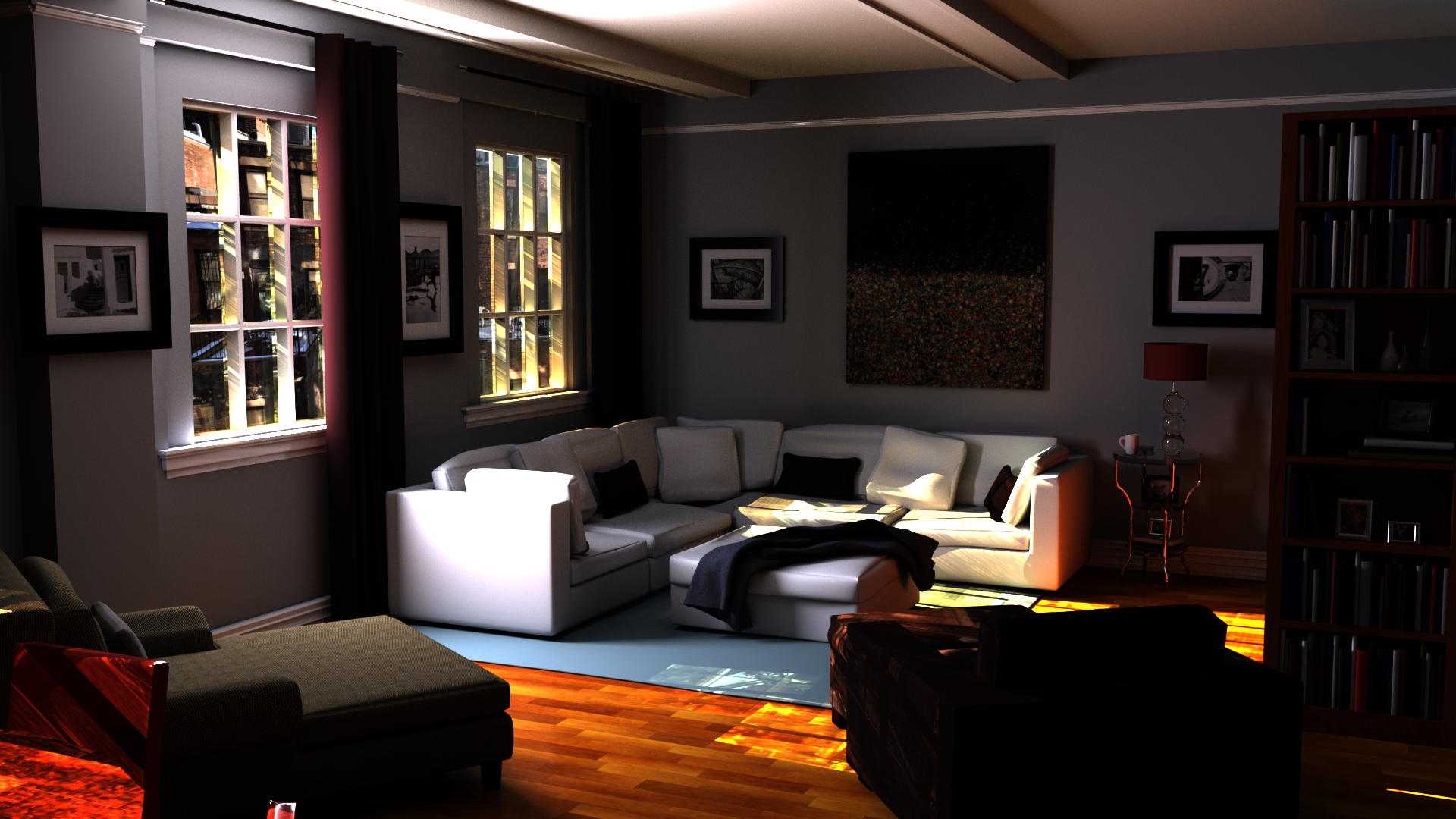
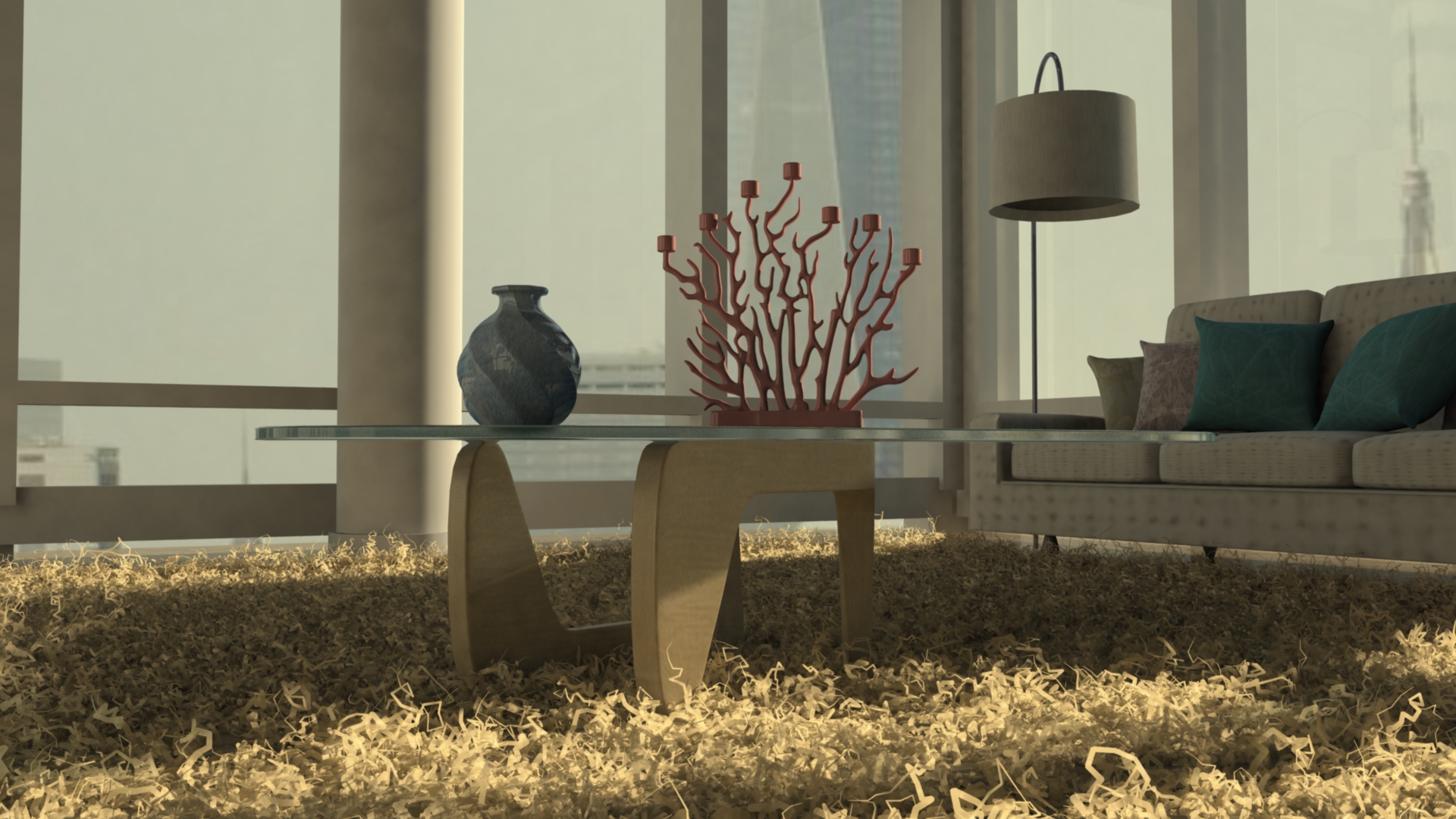
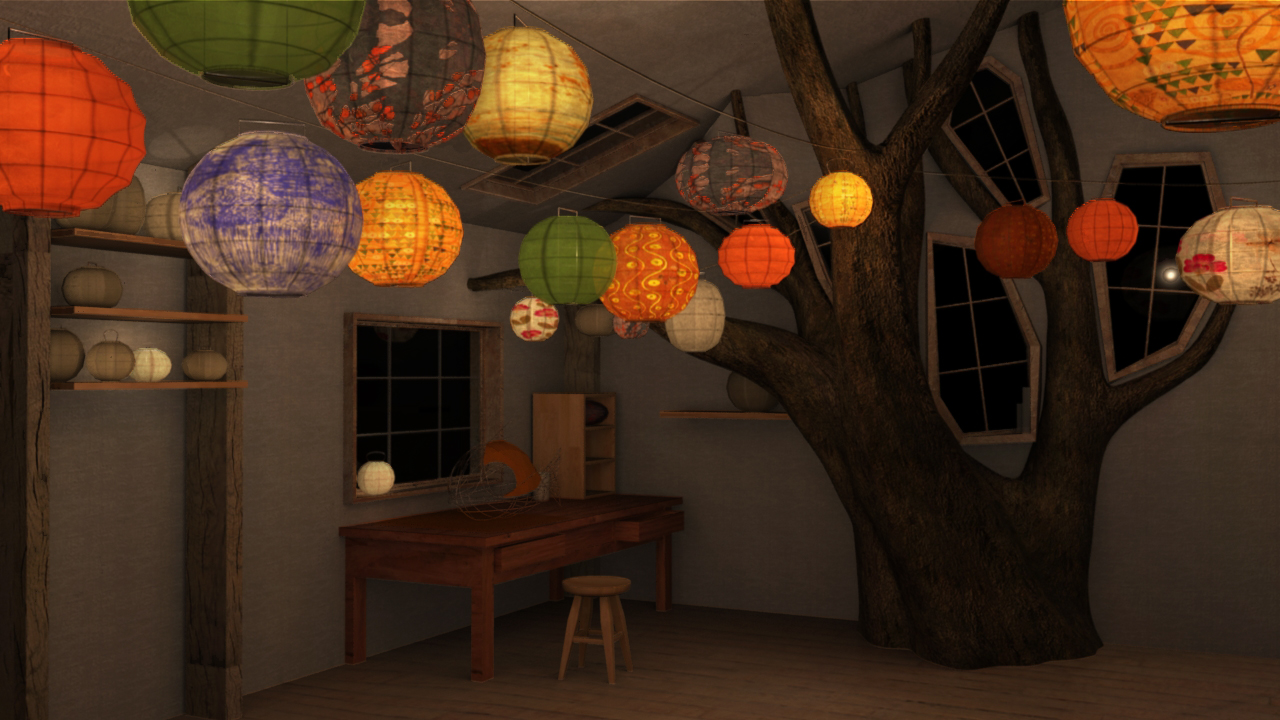
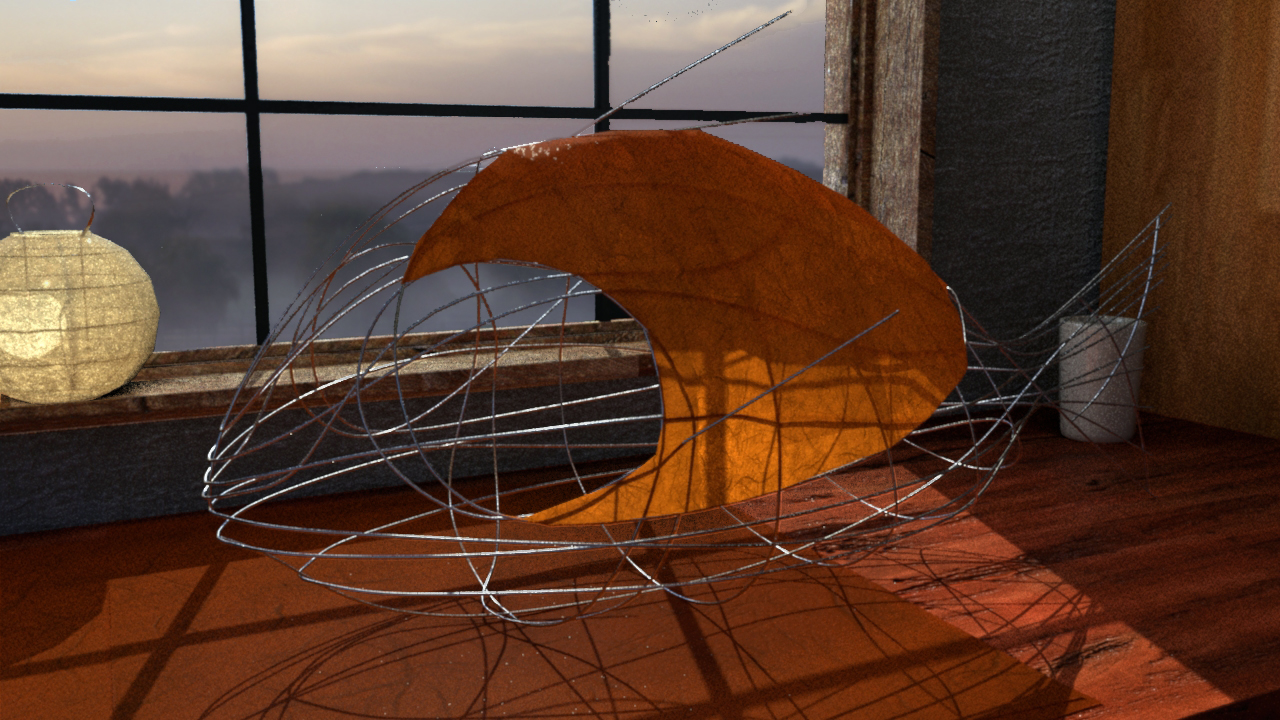
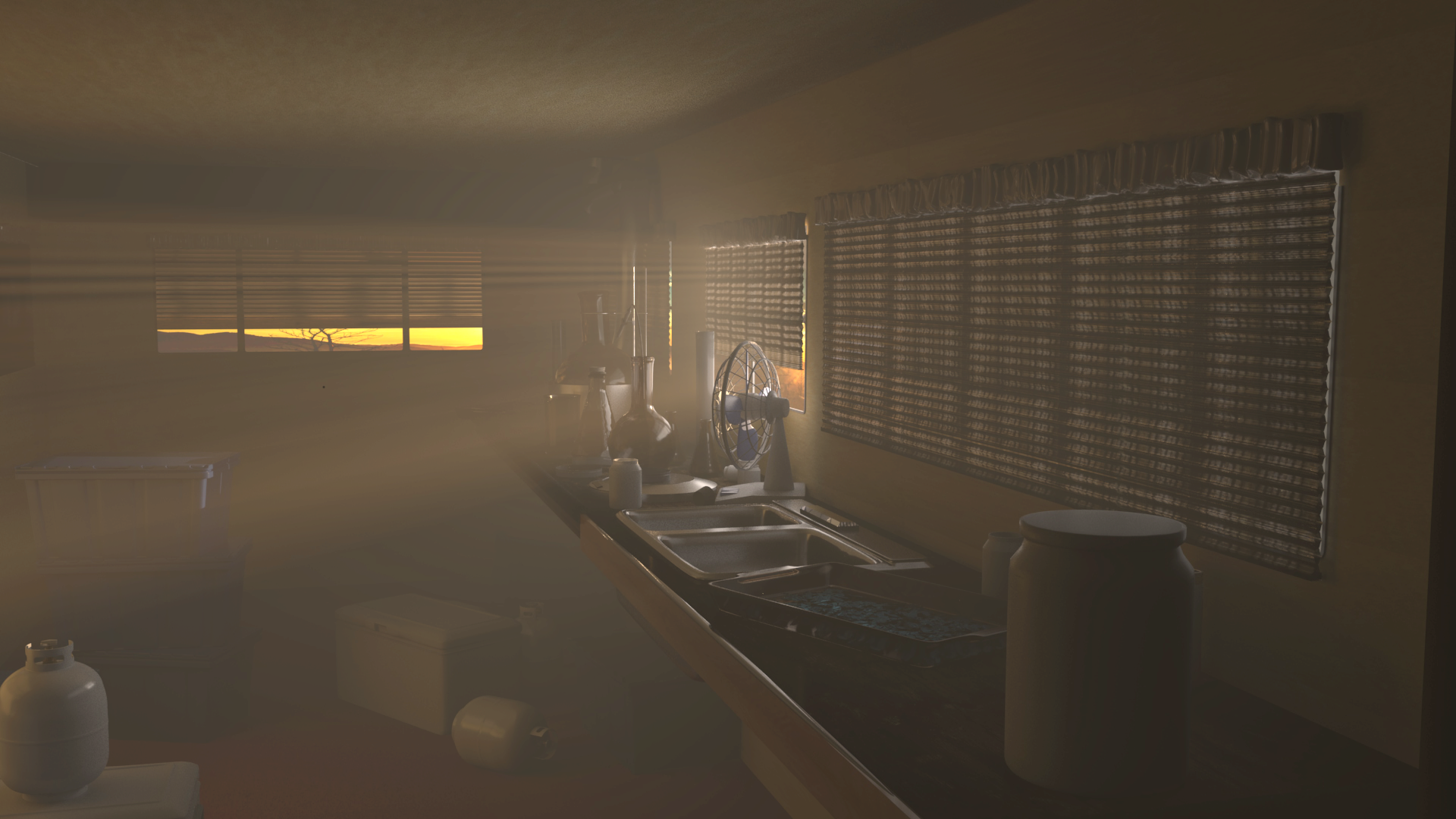
Next, students make a biped model from start to finish--creating the geometry, texturing, blend shapes for facial animation and full-body rigging. Students are encouraged to create back stories for their characters. Students do a short animation to show off their character.

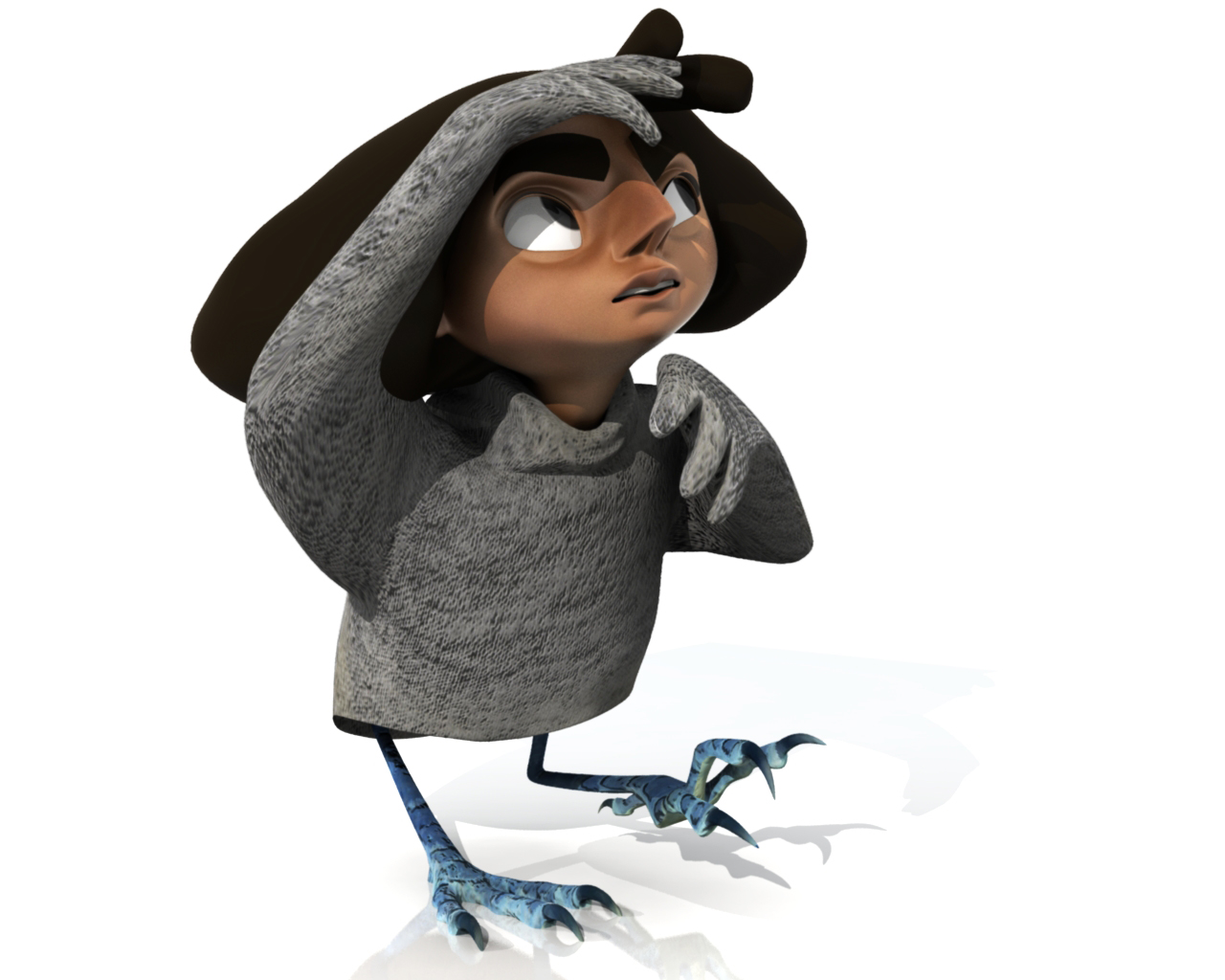
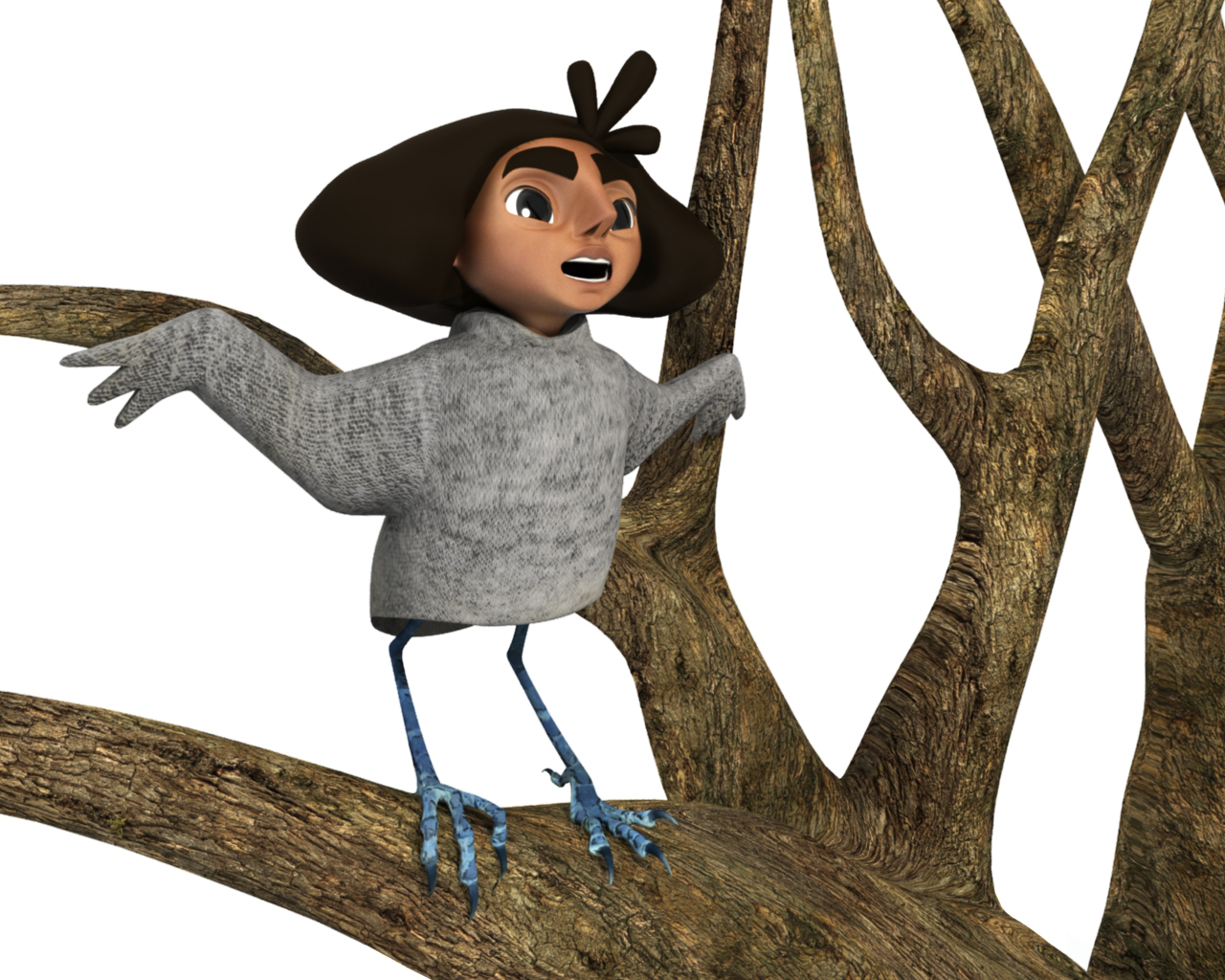
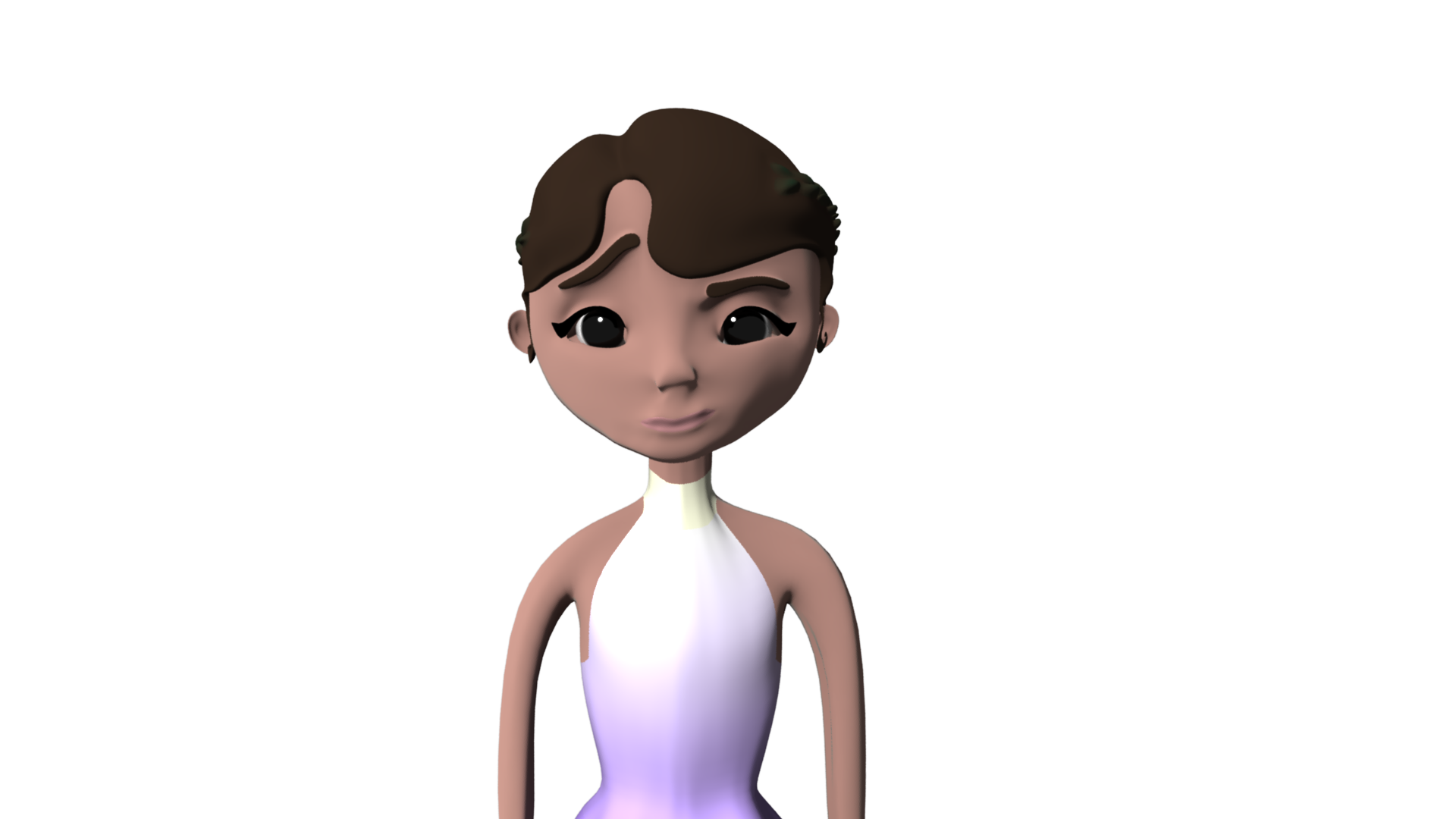
Computer Science 24: Computer Animation: The State of the Art
Computer Animation offers a deep dive into 3D animation. Students are given models and are taught both the principles of animation and the tools that allow them to manipulate the timing and spacing to create a sense of force, physics and emotion. Weekly assignments include: bouncing balls, spinning tops, posing and blocking, lip synch and a final project of the students' choice.
Computer Science 27: Projects in Digital Arts
Students complete projects using digital arts techniques. Projects include computer animations, interactive graphics projects and installations, digital photography. Students can use commercial software, create new applications for commercial software, or develop new software or tools. While we allow for any digital art project, most students will focus on the production of a short animated movie. Students are usually separated into teams of three so that they can better take on the workload of a professional style production pipeline. The teams are expected to develop and process the story of their projects together, and are often subject to class and instructor input. Once a working story is achieved the teams move on to:
story and storyboarding
character/scene modeling
character/scene shading
character rigging and set dressing
layout and posing
animation
lighting
rendering
editing and postproduction
At the end of the term the teams get the opportunity to screen their accomplishments on the projector screens in Filene Auditorium for their classmates, friends and even family.
Computer Science 29: Special Topics
The topic of this course varies per term between Advanced Animation and Digital Design.
In Advanced Animation students hone their previously achievements in Animation and strive for smoother and more appealing animating styles. Two such assignments are the walk cycle and the lip sync.
In Digital Design students are instructed on how to use programs such as Adobe Photoshop to create graphically appealing images, logos and design. This is an excellent course in the basics of graphic design.
Content coming soon!
